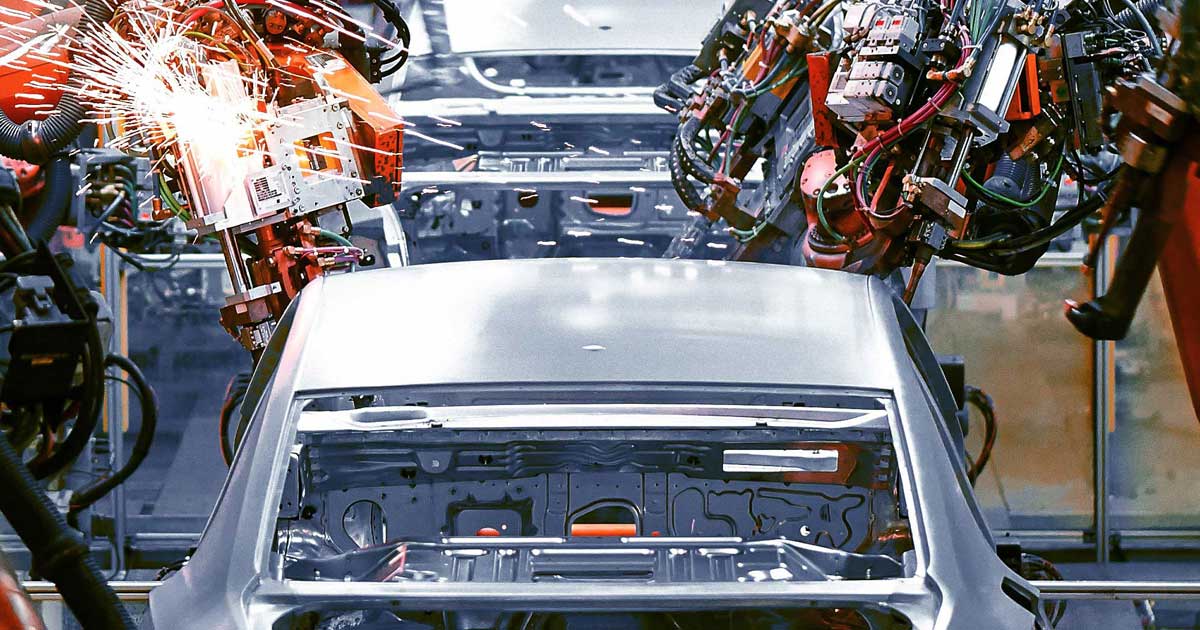
Steypuhjól úr magnesíumblendi fyrir rafhjól

Magnesíumblendi steypuhlutar og íhlutir fyrir rafhjól

OEM háþrýstisteypa magnesíum álfelgur fyrir rafhjól

Magnesíum álfelgur steypu rafmagns ökutæki miðfest mótorhús

Magnesium alloy die-casting rigid fork for bike

Innbyggt 3-germa hjól fyrir MTB með CNC vinnslu og yfirborðsmeðferð

OEM háþrýstisteypu úr magnesíum ál ramma fyrir reiðhjól

Magensium fjallahjólagrind

Magnesíumblendi Thixomolding hlutar fyrir súrefnissog vélarhús

Mangensium álfelgur deyja-steypu Thixomolding málmhlutar

Magnesíumblendi steypuhlutar og íhlutir fyrir rafhjól

Mangensium álfelgur deyja-steypu Thixomolding málmhlutar

Thixomolding hjálmur úr steypu úr mangensíumblendi

Magnesíum álfelgur Thixomolding rafmagnsdeigshús

Magnesíum álfelgur Thixomolding rafmagnsdeigshús

Mangsíum álfelgur deyja-steypu Thixomolding málm bremsur

 0086-750-5616188
0086-750-5616188 +86 13392089688
+86 13392089688 sales@zhongmei-tech.com
sales@zhongmei-tech.com








